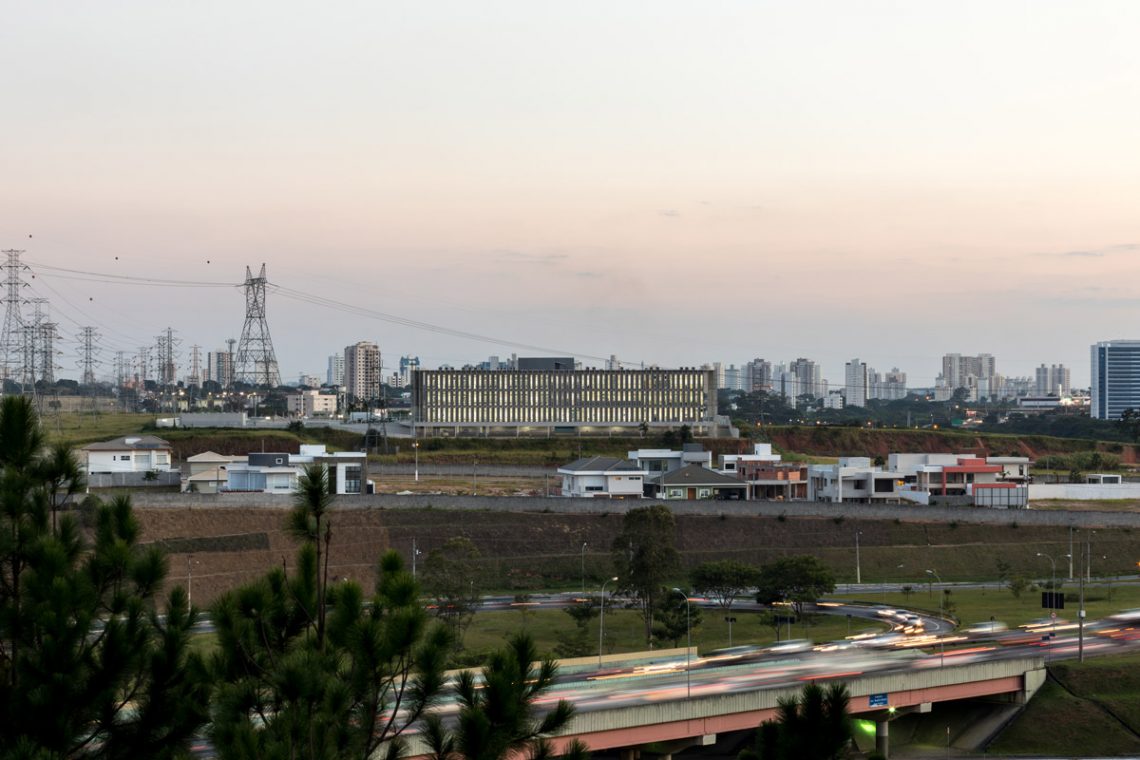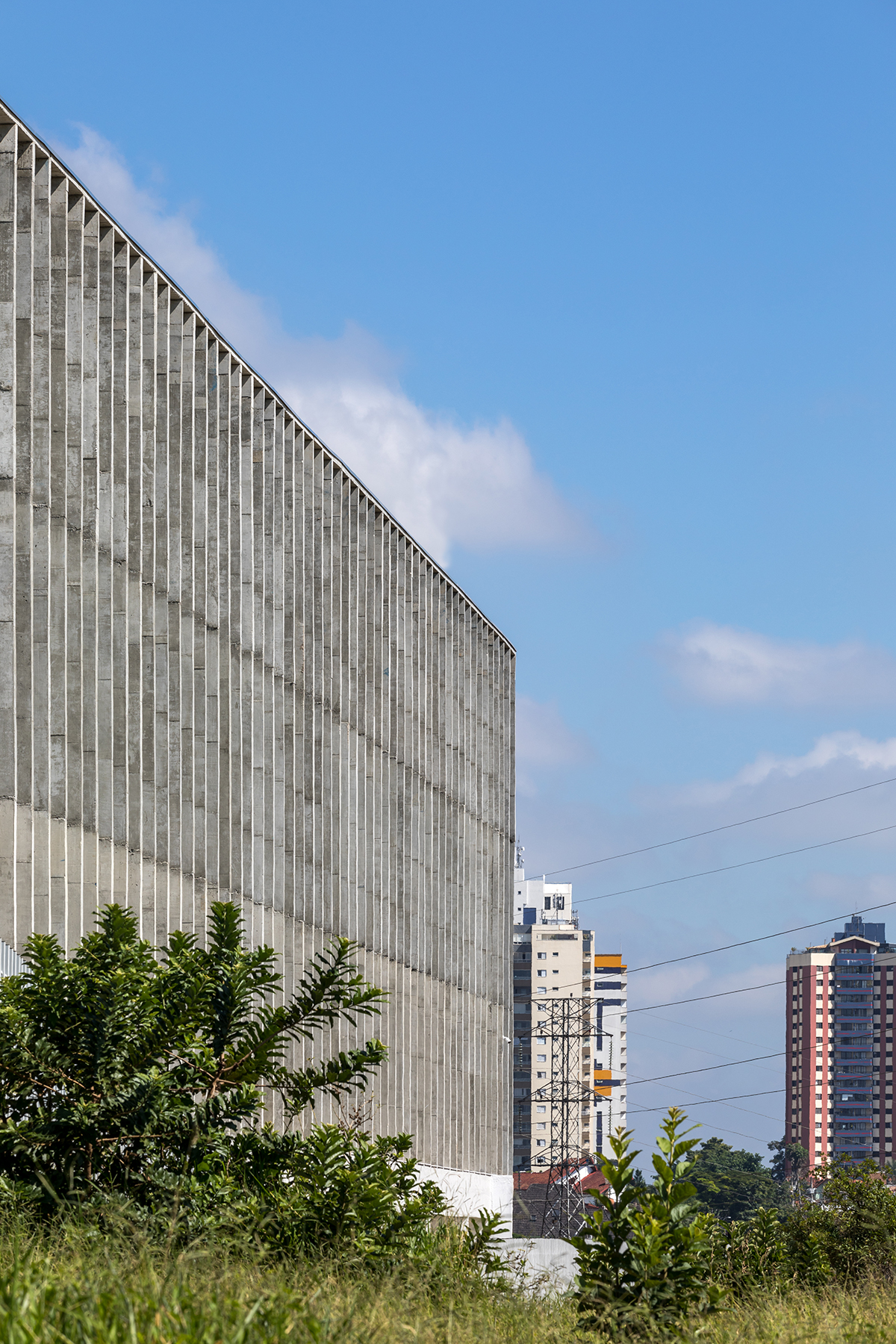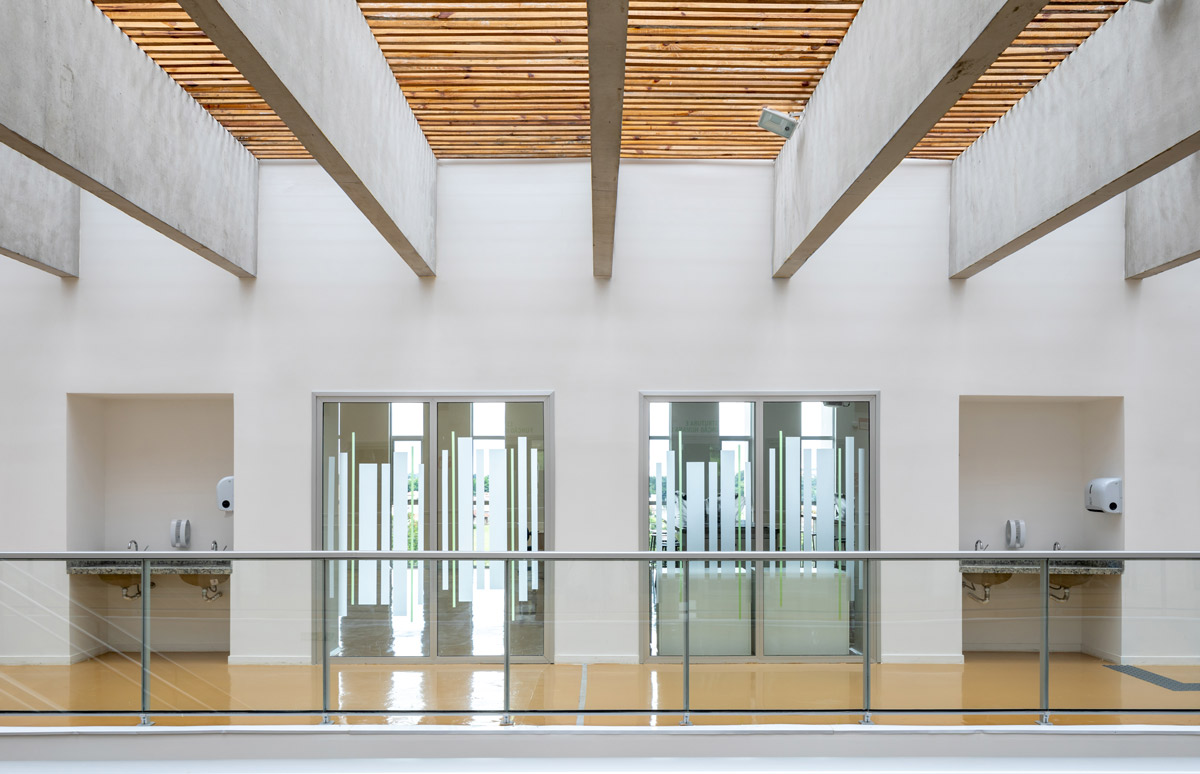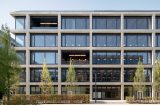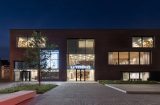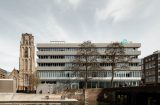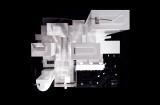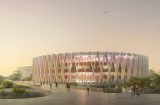KAAN Architecten designs a new multifunctional centre at National Field of Honour in Loenen
The Netherlands War Graves Foundation commissioned KAAN Architecten to design a new multifunctional memorial and education centre at the National Field of Honour in Loenen, after a public tender. The main focus of the centre is to tell stories about Dutch war victims, the efforts of Dutch people during World War II and current international peace missions. The building is a layered and connecting element between the new National Veterans Cemetery and the existing Field of Honour.
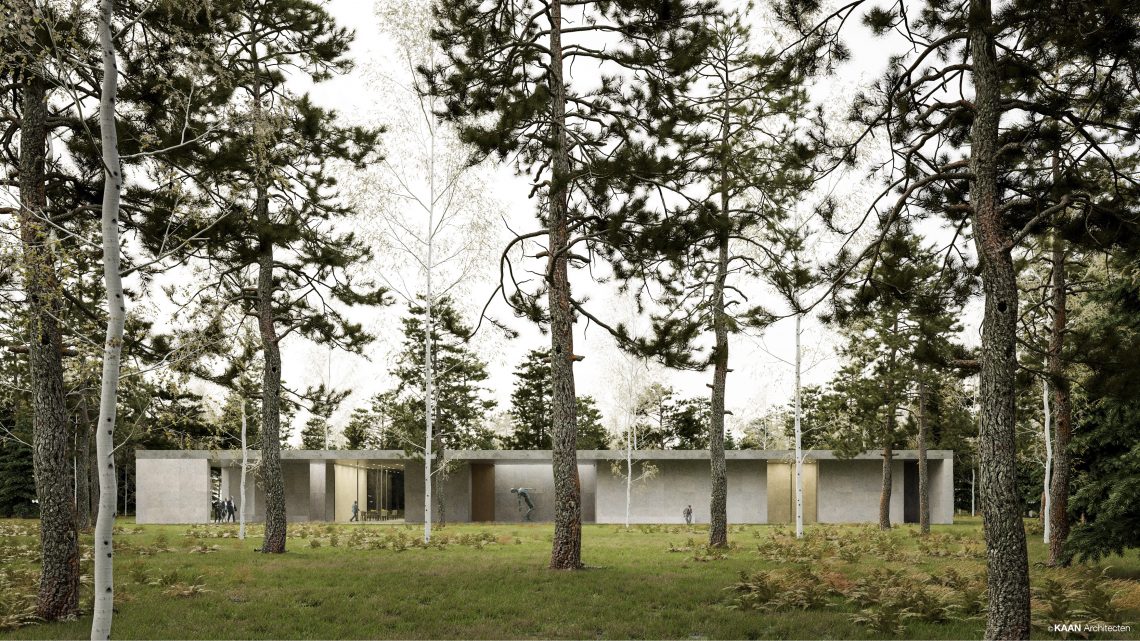
The rich woods, existing routes and the scenic qualities of this exceptional site have been used to underline the unifying role of the building. The landscape, originally designed in 1949 by garden and landscape architect D. Haspels and extended by karres+brands, is characterised by the contrast between open spaces and the dense forest.
The design of the new centre consists of fluent open spaces, bound by a horizontally extended roof. This comprehensive openness blurs the transition between inside and outside and allows the natural elements to visually penetrate into the interior spaces. The flexible and logical organisation of the rooms and the roofed outdoor spaces gives the building a double function, while a multimedia educational installation informs students, families and visitors about the stories of war victims and veterans.
The three main rooms, the auditorium, the exhibition space and the condolence room, form a harmonious ‘sequence’ that can be combined for a single ceremony or can be used independently by different groups at the same time. These three key rooms each have their own identity, but at the same time form an architectural ensemble.
When entering the pavilion, the visitors experience the specific orientation of the building, which is positioned towards one of the sightlines of the Field of Honour with a central axis. In this way, the ceremonial route culminates with a view on the memorial cross seen from the auditorium of the pavilion. With this strong visual relationship, the pavilion occupies a central position between the two cemeteries, creating a timeless link between old and new.
